Osgoode Hall in 1856 (photo City of Toronto Archives). In this photo the centre section has no three-storey portico and it contains a dome. The year after this photo was taken, the centre block of Osgoode Hall was redesigned and the dome was removed.
(Above) West wing of Osgoode Hall in the spring of 2012
Osgoode Hall is an architectural treasure that thousand of Torontonians pass daily. However, most people remain outside the cast-iron fence that surrounds the property and never pass through the gates. According to tradition, the 20-inch openings were designed to prevent cows from wandering onto the property. Inside the fence, a person receives a different perspective of the venerable nineteenth-century structure.
The buildings have a long and varied history. The Law Society of Upper Canada commenced promoting the construction of a building to contain its headquarters as early as 1820, stating that the total cost of the structure should be about 500 British pounds. In 1825, the society petitioned the government for a grant, with members pledging 2000 pounds to aid in its construction. The site for the building, at that time to the northwest of the town, was purchased from Attorney-General John Beverley Robinson for 1000 pounds.
Construction commenced in 1829 under the supervision of Dr. W. W. Baldwin, the Treasurer of the Society. It was to be named Osgoode Hall, in honour of William Osgoode, the province’s first chief justice. There remains doubt concerning which architectural firm designed the building that today is the east wing of Osgoode Hall. However, it is known that John Ritchie (Ritchey or Richey) was the builder and John Ewart the construction superintendent. Some sources state that John Ewart was also the architect.
When the east wing of Osgoode Hall was completed in 1832, it was a plain, square-shaped, red-brick building, two and a half storeys in height. It was located on the north side of Queen Street, at the top of York Street. Despite its relatively plain appearance, it was an ambitious endeavour for the small colonial town of York, which had not yet been incorporated into a city. This did not occur until 1834. The building suffered considerable damage during the six years, as British troops were garrisoned inside it after the 1837 Rebellion.
In 1844, they hired Henry Bower Lane to design another building on the property, to the west of the original structure. Completed in 1846, it was similar in style to the earlier building, and between the two structures a centre block was added to connect the two wings. The east wing was also renovated and an impressive portico added to match the portico on the new west wing. The archival photo at the beginning of this post shows the building after the 1844-1846 work was completed.
In 1857, the firm of Cumberland and Storm was contracted to carry out further renovations to Osgoode Hall. The centre block was completely redesigned and they added to the facade Caen stone, which was a light cream-coloured limestone. They also altered the interior of the centre block to create the appearance of a great Roman villa, with a centre columned courtyard (peristyle) and a mosaic-style floor.
Although three different architectural firms contributed to the construction of Osgoode Hall, their combined efforts produced a structure that for the most part is harmonious, as if a created by a single designer. It remains today as one of the finest examples of Victorian Classical architecture in Canada.
(Above) Osgoode Hall library and fireplace c. 1910 (Photos, City of Toronto Archives)
Behind the windows on the second floor, on the centre section of Osgoode Hall is the great library, employed for legal study and research. In 1860, a reception for the Prince of Wales (King Edward VII) was held in the room. Throughout the evening, the rows of small gas jets sparkled brilliantly as formally-attired guests greeted the prince. Light reflected from the intricately carved wood, casting a warm glow around the spacious room. In 1863, they held the funeral rites for Chief Justice Sir John Robinson in the library. Even today, adorning the walls are oil portraits of many of the former chief justices of the province.
The library of Osgoode Hall today
The “cow fence” around Osgoode Hall in 1930 (left) and in 2012 (right)
Gazing south on York Street in the 1920s, from a window in Osgoode Hall
Today’s view gazing south on York Street, from the gates of Osgoode Hall in 2012.
The west wing of Osgoode Hall and the nearly completed Canada Life Building, in 1930.
View of University Avenue and Queen Street in 1930, with Osgoode Hall and the tower of the Old City Hall in the background
To view the Home Page for this blog: https://tayloronhistory.com/
To view previous blogs about movie houses of Toronto—historic and modern
Recent publication entitled “Toronto’s Theatres and the Golden Age of the Silver Screen,” by the author of this blog. The publication explores 50 of Toronto’s old theatres and contains over 80 archival photographs of the facades, marquees and interiors of the theatres. It relates anecdotes and stories of the author and others who experienced these grand old movie houses.
To place an order for this book:
Book also available in Chapter/Indigo, the Bell Lightbox Book Store and by phoning University of Toronto Press, Distribution: 416-667-7791
Theatres Included in the Book:
Chapter One – The Early Years—Nickelodeons and the First Theatres in Toronto
Theatorium (Red Mill) Theatre—Toronto’s First Movie Experience and First Permanent Movie Theatre, Auditorium (Avenue, PIckford), Colonial Theatre (the Bay), the Photodrome, Revue Theatre, Picture Palace (Royal George), Big Nickel (National, Rio), Madison Theatre (Midtown, Capri, Eden, Bloor Cinema, Bloor Street Hot Docs), Theatre Without a Name (Pastime, Prince Edward, Fox)
Chapter Two – The Great Movie Palaces – The End of the Nickelodeons
Loew’s Yonge Street (Elgin/Winter Garden), Shea’s Hippodrome, The Allen (Tivoli), Pantages (Imperial, Imperial Six, Ed Mirvish), Loew’s Uptown
Chapter Three – Smaller Theatres in the pre-1920s and 1920s
Oakwood, Broadway, Carlton on Parliament Street, Victory on Yonge Street (Embassy, Astor, Showcase, Federal, New Yorker, Panasonic), Allan’s Danforth (Century, Titania, Music Hall), Parkdale, Alhambra (Baronet, Eve), St. Clair, Standard (Strand, Victory, Golden Harvest), Palace, Bedford (Park), Hudson (Mount Pleasant), Belsize (Crest, Regent), Runnymede
Chapter Four – Theatres During the 1930s, the Great Depression
Grant ,Hollywood, Oriole (Cinema, International Cinema), Eglinton, Casino, Radio City, Paramount, Scarboro, Paradise (Eve’s Paradise), State (Bloordale), Colony, Bellevue (Lux, Elektra, Lido), Kingsway, Pylon (Royal, Golden Princess), Metro
Chapter Five – Theatres in the 1940s – The Second World War and the Post-War Years
University, Odeon Fairlawn, Vaughan, Odeon Danforth, Glendale, Odeon Hyland, Nortown, Willow, Downtown, Odeon Carlton, Donlands, Biltmore, Odeon Humber, Town Cinema
Chapter Six – The 1950s Theatres
Savoy (Coronet), Westwood
Chapter Seven – Cineplex and Multi-screen Complexes
Cineplex Eaton Centre, Cineplex Odeon Varsity, Scotiabank Cineplex, Dundas Square Cineplex, The Bell Lightbox (TIFF)
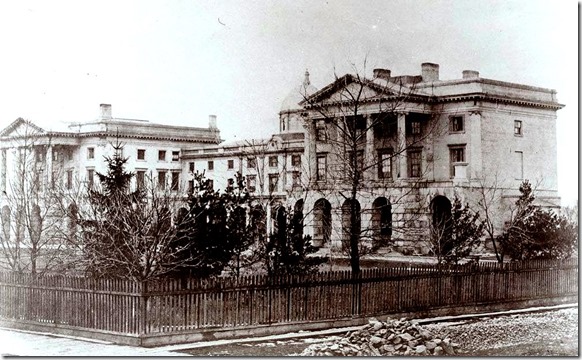
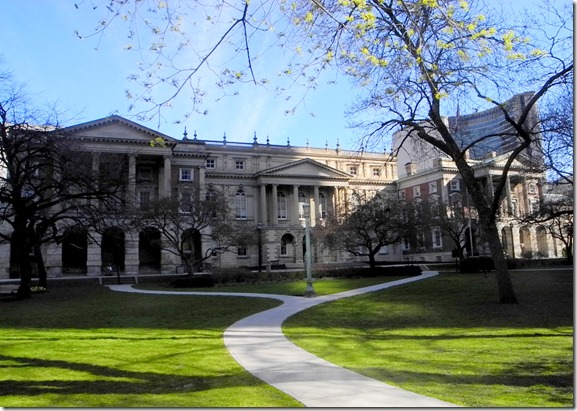
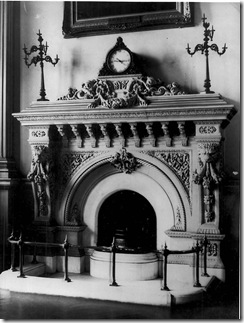
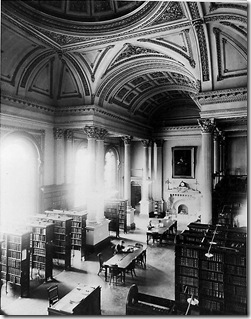
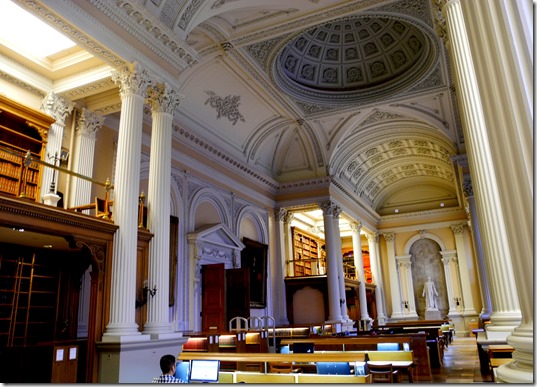
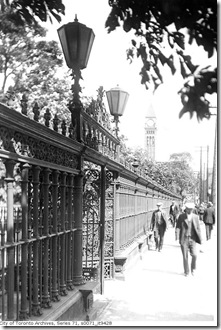
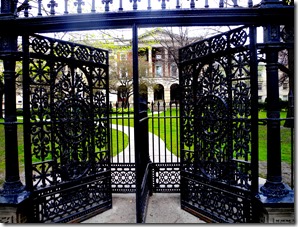
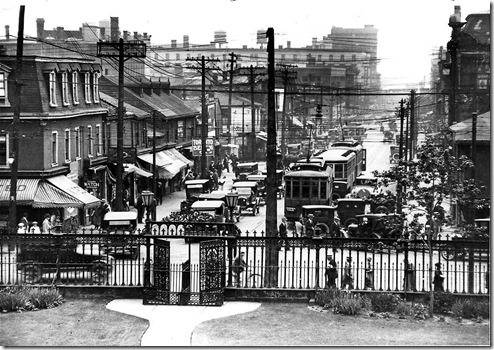
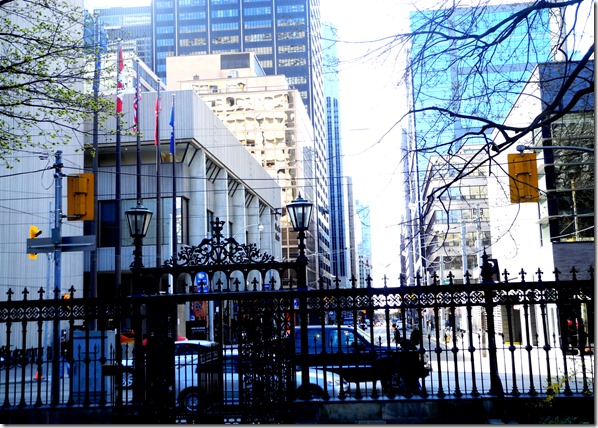
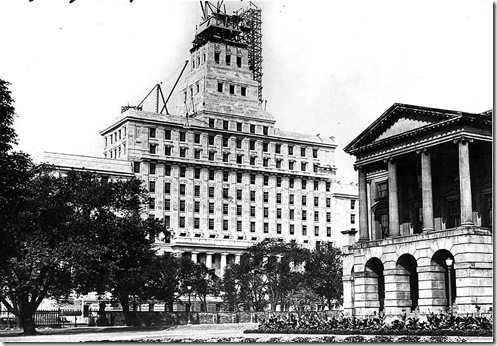
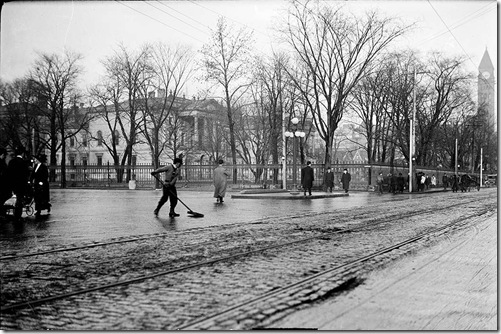
![cid_E474E4F9-11FC-42C9-AAAD-1B66D852[1] cid_E474E4F9-11FC-42C9-AAAD-1B66D852[1]](https://tayloronhistory.com/wp-content/uploads/2015/05/cid_e474e4f9-11fc-42c9-aaad-1b66d8521_thumb2.jpg)

